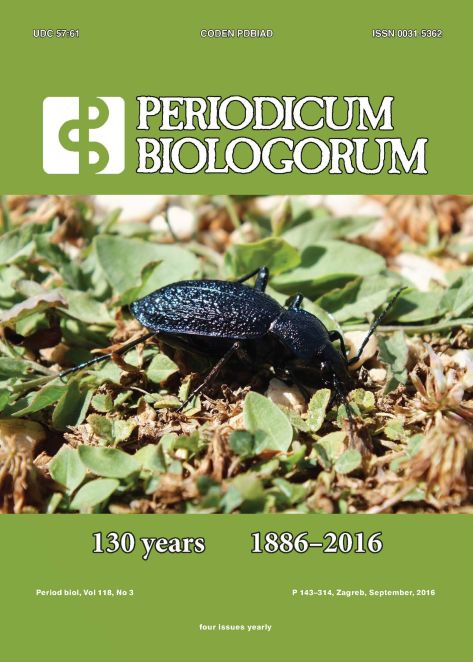The effect of channel restoration on ground beetle communities in the floodplain of a channelized mountain stream
Abstract
Background and purpose: River regulation works, channelization and floodplain urbanization have reduced the frequency of flooding, incised river channels, and separated them from the surrounding riparian zones. This phenomenon is especially unfavourable for exposed riverine sediment areas (ERS) situated in the transition zone between terrestrial and aquatic environments, and plays a fundamental role in the functioning of riverine ecosystems. We investigated the effects of restoration practise based on eco-friendly structures on riparian ground beetle communities.
Materials and methods: Carabids were surveyed in 60 sampling sites of incised and redeposited cross-sections of a mountain stream. At each cross-section geodetic measurements were surveyed and six sampling sites were randomly established at different distances from the water surface.
Results and conclusions: Non-metric multidimensional scaling revealed that the dissimilarity in carabid communities between the three benches resulted mainly from differences in hydrological (bankfull discharge, period of flooding, water velocity) and geomorphological parameters (incision and erosion) in the incised and redeposited cross-sections. A GLM indicated that incision-redeposition processes had a significant effect on carabid assemblage parameters and life history traits. The effect of redeposition processes on abundance, species richness, biomass and MIB depended strongly on bench height and flood frequency. The cross-sections where eco-friendly constructions were built and bed material deposition processes were recreated showed increased abundance of ERS specialists: small predators with high dispersal power and a spring breeding strategy. However, the proportion of specialist species in the community was small, which indicates a slow rate of restoration of ERS specialist diversity.Downloads
Additional Files
Published
Issue
Section
License
The contents of PERIODICUM BIOLOGORUM may be reproduced without permission provided that credit is given to the journal. It is the author’s responsibility to obtain permission to reproduce illustrations, tables, etc. from other publications.


